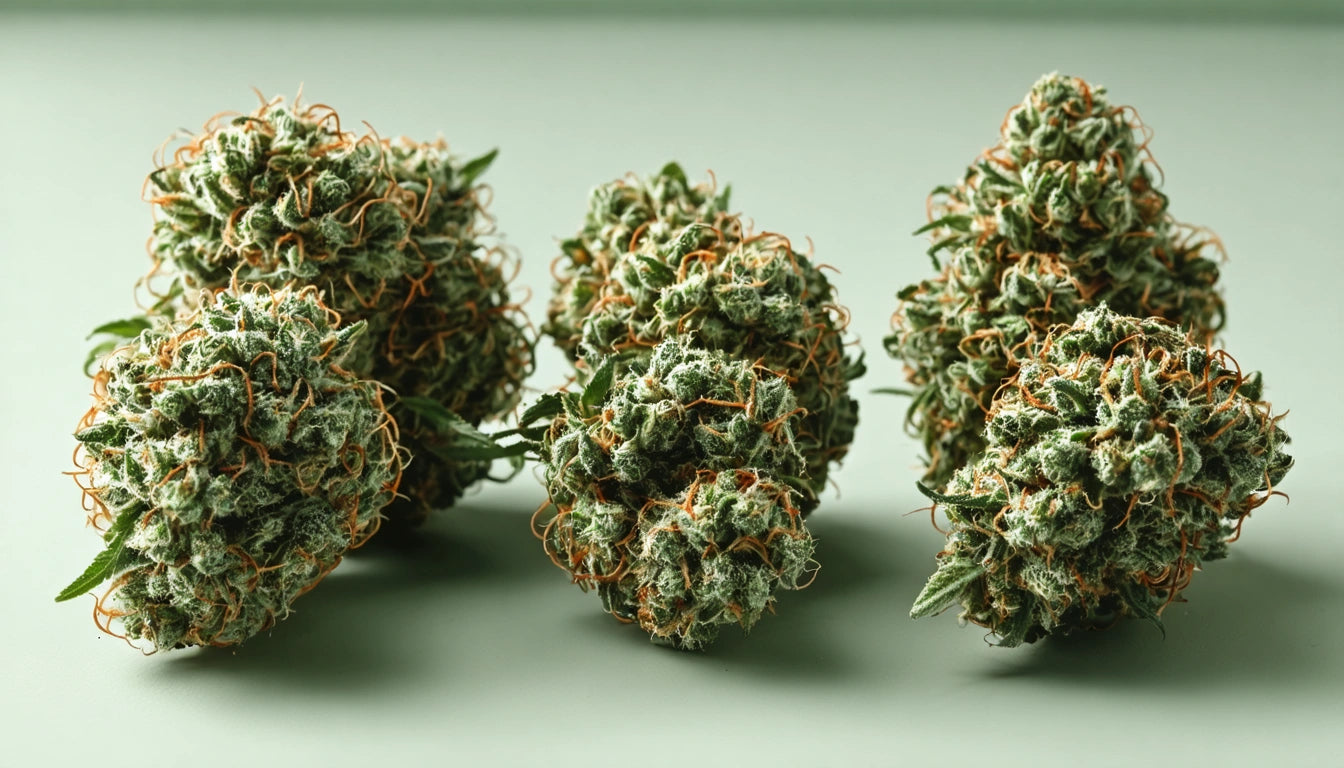Table of Contents
- Electricity Consumption Basics: Do Grow Lights Use a Lot of Electricity?
- Comparing Grow Light Types: Power Consumption and Efficiency
- Calculating Electricity Costs for Different Grow Lights
- Optimal Wattage for Growing Success
- Reducing Electricity Costs Without Compromising Growth
- Future Efficiency Innovations in Grow Light Technology
Understanding Electricity Usage and Costs of Grow Lights
Grow lights are essential for indoor cultivation, but many growers wonder about their electricity consumption and operating costs. Understanding how much electricity grow lights use and their impact on utility bills is crucial for maintaining a sustainable and cost-effective growing operation. This guide explores the power requirements of different grow light technologies, helps calculate running costs, and offers strategies to optimize electricity usage.
Electricity Consumption Basics: Do Grow Lights Use a Lot of Electricity?
The question "do grow lights use a lot of electricity" depends on several factors, including the type of light, its wattage, and duration of use. Grow lights can consume anywhere from 20 watts for small LED setups to over 1,000 watts for high-intensity discharge (HID) systems used in commercial operations.
Electricity usage is measured in kilowatt-hours (kWh), calculated by multiplying the power consumption (in kilowatts) by the hours of operation. For example, a 600-watt HPS light running for 12 hours consumes 7.2 kWh daily (0.6 kW × 12 hours).
Most indoor growers run lights for 12-18 hours daily depending on the growth stage, resulting in significant electricity consumption over a growing cycle. According to experts on LED grow light usage, lighting typically accounts for 40-60% of the electricity costs in an indoor growing operation.
Comparing Grow Light Types: Power Consumption and Efficiency
Traditional HID Lights (HPS and MH)
High-Intensity Discharge lights have been the industry standard for decades:
- High Pressure Sodium (HPS): Typically 400-1000 watts, consuming 400-1000 kWh per month
- Metal Halide (MH): Similar wattage to HPS but with different light spectrum
- Efficiency: Approximately 30-40% of energy converted to usable light
- Heat output: High, often requiring additional cooling systems
LED Grow Lights
The question "do LED grow lights use a lot of electricity" is common among new growers. LEDs are significantly more efficient:
- Typical wattage: 100-650 watts for comparable coverage to 1000W HID
- Efficiency: Up to 60-70% of energy converted to usable light
- Reduced heat output, minimizing cooling requirements
- Targeted light spectrum customized for plant needs
According to research on optimal LED grow lights, modern LED fixtures can reduce energy consumption by 40-60% compared to traditional HID systems while maintaining or improving yields.
Calculating Electricity Costs for Different Grow Lights
To determine how much grow lights cost to run, use this formula:
Daily Cost = (Wattage ÷ 1000) × Hours Used × Electricity Rate
For example, if electricity costs $0.15 per kWh:
- 600W HPS (12 hours daily): (600 ÷ 1000) × 12 × $0.15 = $1.08 per day or about $32.40 monthly
- 300W LED (12 hours daily): (300 ÷ 1000) × 12 × $0.15 = $0.54 per day or about $16.20 monthly
Additional costs to consider include:
- Cooling requirements (especially for HID lights)
- Ballast electricity usage for HID systems
- Ventilation systems
- Carbon filters and air circulation
Growers using automated cultivation equipment and filling systems may see additional electricity usage, but these systems often improve efficiency in other operational areas, potentially offsetting some costs.
Optimal Wattage for Growing Success
When considering what wattage for grow lights is best, industry standards suggest:
- Seedlings/clones: 20-40 watts per square foot
- Vegetative growth: 30-50 watts per square foot
- Flowering stage: 40-65 watts per square foot
These recommendations vary based on:
- Light technology (LED vs. HID)
- Plant species and varieties
- Growing environment (tent, room, greenhouse)
- Supplemental natural light availability
According to research on optimal light requirements, providing the correct light intensity at each growth stage is critical for maximizing yield while minimizing unnecessary electricity usage.
Reducing Electricity Costs Without Compromising Growth
For growers concerned about whether plant lights use a lot of electricity, several strategies can reduce consumption:
- Upgrade to energy-efficient LED technology
- Implement light schedules optimized for plant needs
- Use reflective materials to maximize light utilization
- Consider light movers to cover more area with fewer fixtures
- Maintain proper growing environment to reduce stress on plants
- Schedule high-intensity lighting during off-peak electricity rate hours
Many commercial growers are implementing sophisticated light deprivation techniques and supplemental lighting strategies as outlined in studies on optimizing plant growth. These approaches can significantly reduce electricity consumption while maintaining or improving yields.
Future Efficiency Innovations in Grow Light Technology
The grow light industry continues to evolve with new technologies promising even greater efficiency. Recent innovations include:
- Photon-mapping technology that delivers precise light quantities
- Smart lighting systems that adjust intensity based on plant needs
- Integration with environmental controls for holistic growing solutions
- Specialized spectrum LEDs that target specific growth factors
As outlined in comprehensive grow light guides, the future of indoor cultivation lighting is moving toward more efficient, tailored solutions that minimize electricity usage while optimizing plant development. For growers concerned about operating costs, investing in modern lighting technology offers the best path toward sustainable, profitable indoor cultivation.











Leave a comment
All comments are moderated before being published.
This site is protected by hCaptcha and the hCaptcha Privacy Policy and Terms of Service apply.